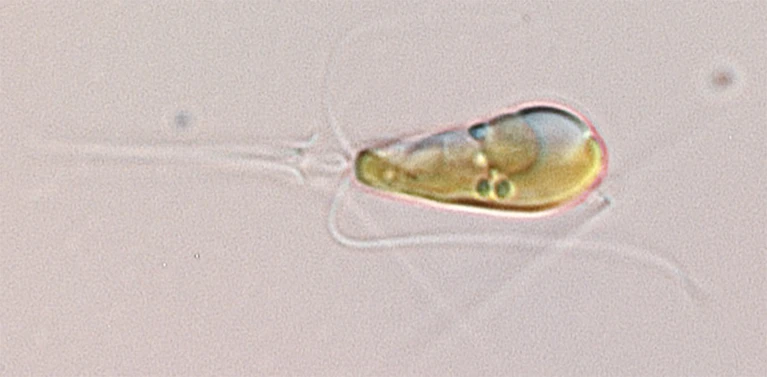Traditionally, only bacteria have been known to convert nitrogen gas into a form usable for life. However, a breakthrough has emerged: certain algae now possess this capability. Scientists have pinpointed a new organelle in algae cells, dubbed the nitroplast, which specializes in converting nitrogen gas into a usable form. This discovery suggests a significant role for nitroplasts in providing nitrogen to algae cells. With this newly unearthed organelle, the doors for engineering plants with reduced fertilizer needs have opened.
This discovery of a new organelle, however, has rewritten the textbook on nitrogen fixation. “Crop yields are majorly limited by availability of nitrogen,” said Eva Nowack for Nature. “Having a nitrogen-fixing organelle in a crop plant would be, of course, fantastic.”
The Significance of Nitrogen Fixation
Nitrogen is a fundamental building block for life, playing a critical role in the formation of proteins and nucleic acids such as DNA. However, most organisms cannot directly utilize atmospheric nitrogen, which makes up about 78% of the air we breathe. Nitrogen fixation bridges this gap by converting N2 into a bioavailable form that living things can incorporate.
Traditionally, bacteria like rhizobia were known to be the primary nitrogen fixers. These bacteria form symbiotic relationships with legumes, providing them with usable nitrogen in exchange for nutrients. The discovery of the nitroplast opens up new avenues for research in nitrogen fixation and its implications for various fields.
Nitroplast: A New Chapter in Evolution
The discovery of the nitroplast has far-reaching consequences. It compels scientists to re-evaluate our understanding of nitrogen fixation and explore the potential applications of this newfound knowledge. This could lead to advancements in sustainable agriculture, reducing dependence on synthetic fertilizers and their environmental impact.
However, further research is needed to fully understand the nitroplast’s function and its potential for harnessing its nitrogen-fixing capabilities. This discovery is a significant step forward, unveiling a new player in the nitrogen cycle as well as opening doors for exciting possibilities in the future.







